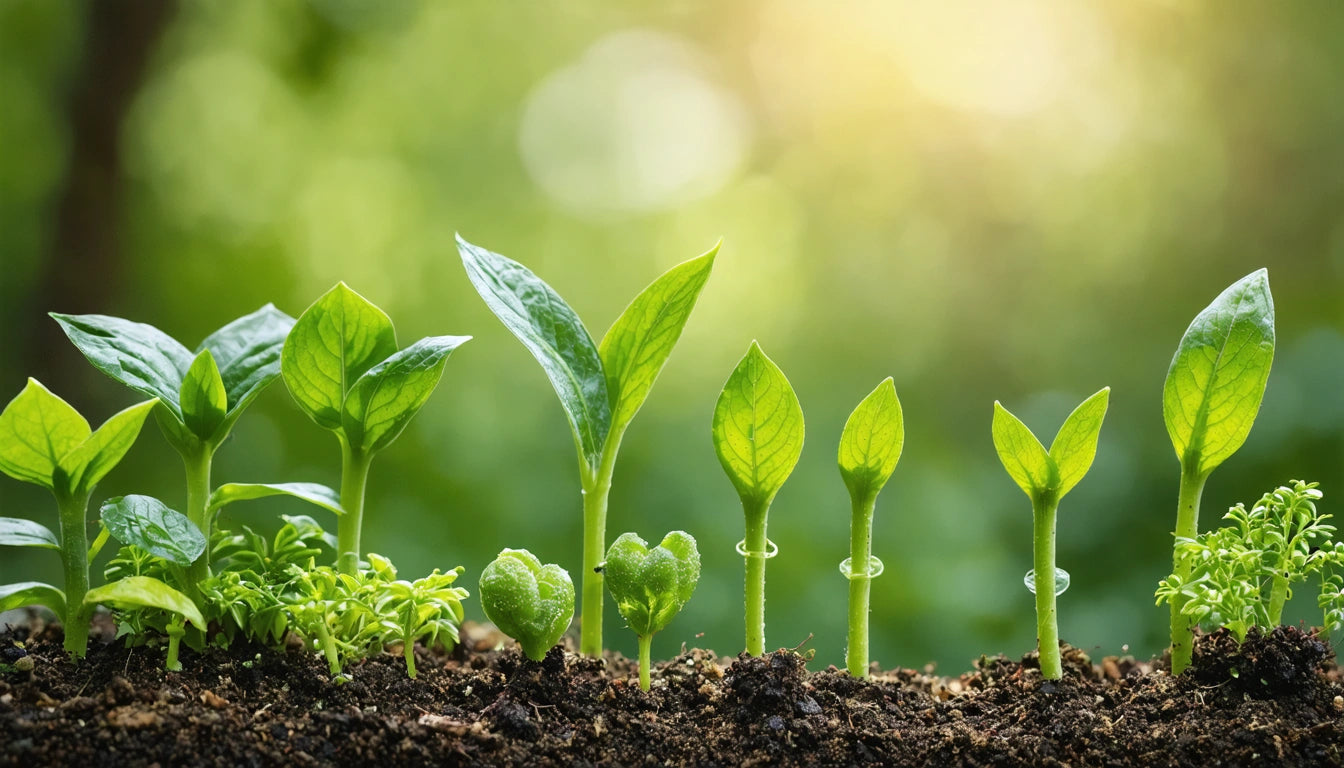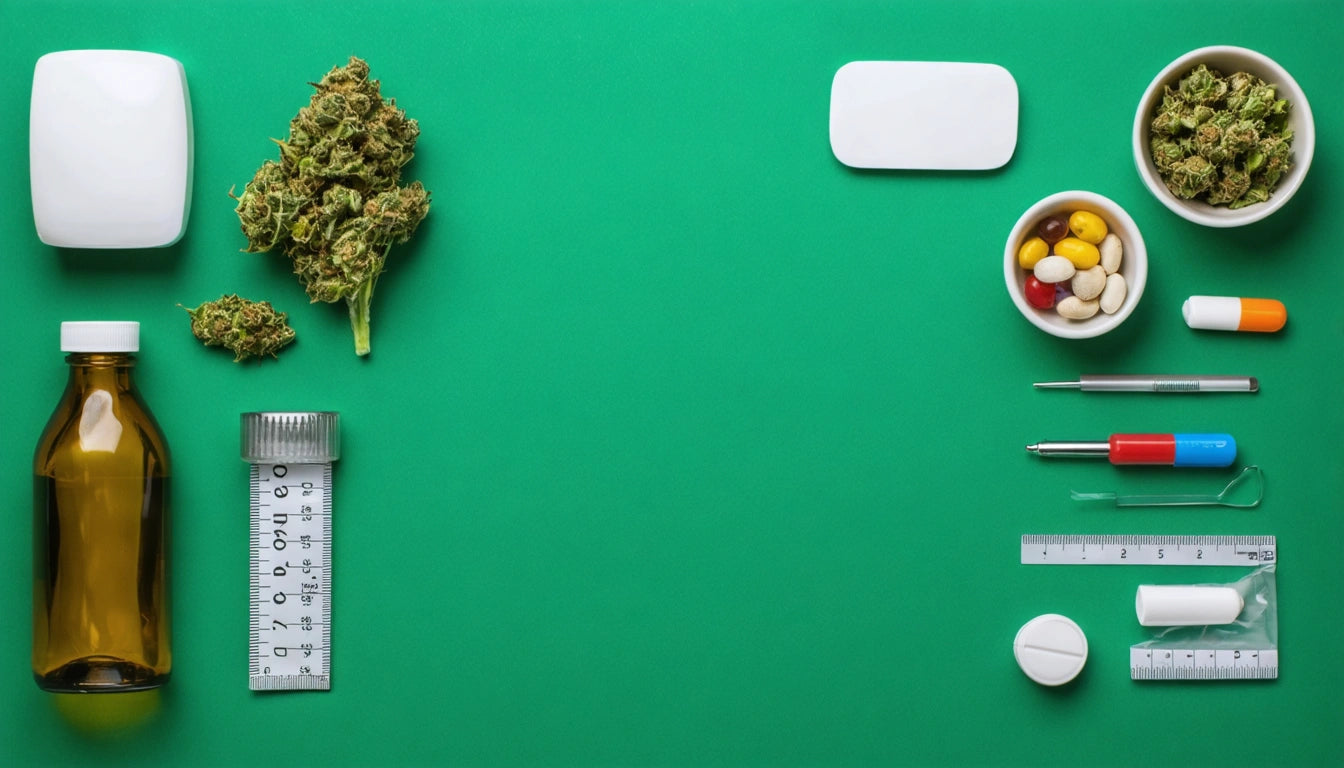Table of Contents
How to Identify and Fix Nutrient Deficiencies in Plants
Nutrient deficiencies can significantly impact plant health, growth, and yield. Recognizing the early warning signs allows growers to intervene before permanent damage occurs. This guide explores how to identify and correct common nutrient deficiencies, with special attention to phosphorus and magnesium issues that frequently challenge cultivators.
Identifying Common Nutrient Deficiencies in Plants
Plants communicate their nutritional needs through visual cues. Leaf discoloration, stunted growth, and abnormal development all signal potential deficiencies. The location of symptoms often indicates which nutrient is lacking:
- New growth affected: Often indicates nitrogen, calcium, or sulfur deficiency
- Middle to lower leaves affected: Typically signals mobile nutrient issues like phosphorus, potassium, or magnesium
- Whole plant symptoms: May indicate pH imbalances that block nutrient uptake
Accurate diagnosis requires considering multiple factors including growth stage, environmental conditions, and watering practices. Many growers use specialized nutrient delivery systems to ensure precise application when addressing identified deficiencies.
Phosphorus Deficiency: Symptoms and Solutions
Phosphorus deficiency is among the most common nutritional problems, particularly during flowering stages. The classic symptom is phosphorus deficiency with top leaves turning purple, especially along the veins and margins.
Key Indicators of Phosphorus Deficiency:
- Dark green leaves that develop purple or reddish hues
- Stunted growth and weak stems
- Poor flower and fruit development
- Delayed maturity
To fix phosphorus deficiency in plants, take these steps:
- Check soil pH (phosphorus availability is optimal between 6.0-7.0)
- Apply phosphorus-rich fertilizers like bone meal or rock phosphate
- For immediate correction, use water-soluble phosphate fertilizers
- Reduce overwatering, as saturated soils limit phosphorus uptake
For flowering plants specifically, balancing nitrogen levels while addressing phosphorus needs is critical for optimal results.
Magnesium Deficiency: Recognition and Treatment
Magnesium is essential for chlorophyll production and enzyme activation. Deficiency symptoms typically appear first in older leaves since magnesium is mobile within the plant.
Identifying Magnesium Deficiency:
- Interveinal chlorosis (yellowing between leaf veins while veins remain green)
- Leaf margins and tips may appear burnt or brown
- Progressive yellowing moving from older to newer growth
- Premature leaf drop in severe cases
To fix magnesium deficiency in plants:
- Apply Epsom salts (magnesium sulfate) as a foliar spray or soil drench
- Use dolomite lime if soil is also acidic (addresses both pH and magnesium)
- Include magnesium-rich organic amendments like compost
- Adjust nutrient solution if growing in hydroponic systems
Understanding the importance of magnesium for plant health helps growers recognize and address this deficiency before it significantly impacts growth.
Nitrogen and Potassium Deficiencies: Key Indicators
While phosphorus and magnesium deficiencies are common concerns, nitrogen and potassium issues also frequently affect plant health.
Nitrogen Deficiency Signs:
- Uniform yellowing of older leaves, progressing upward
- Stunted growth and thin stems
- Reduced leaf size and overall plant vigor
Nitrogen is particularly important during vegetative growth stages. Proper management requires understanding optimal feeding schedules throughout the plant's lifecycle.
Potassium Deficiency Indicators:
- Yellowing or browning leaf edges (marginal chlorosis)
- Curling leaf tips and edges
- Weak stems and increased susceptibility to disease
Potassium is critical for plant health, particularly for water regulation, enzyme activation, and photosynthesis efficiency.
Prevention Strategies for Optimal Plant Nutrition
Preventing nutrient deficiencies is more effective than treating them after symptoms appear. Implement these preventative measures:
- Regular Soil Testing: Conduct tests every growing season to monitor nutrient levels and pH
- pH Management: Maintain optimal water pH between 6.0-6.8 for soil (5.5-6.2 for hydroponic systems)
- Quality Inputs: Use high-quality fertilizers appropriate for your plant type and growth stage
- Balanced Feeding: Follow a comprehensive nutrient schedule rather than addressing single nutrients
Container size and growing medium also impact nutrient availability. Optimizing your container setup ensures roots can access nutrients efficiently.
Advanced Solutions for Persistent Nutrient Issues
For growers facing recurring deficiencies despite basic interventions, more sophisticated approaches may be necessary:
- Tissue Analysis: Laboratory testing of plant tissue provides precise nutrient content data
- Automated Nutrient Delivery: Systems that monitor and adjust nutrient levels in real-time
- Beneficial Microorganisms: Introducing mycorrhizal fungi and beneficial bacteria to improve nutrient uptake
- Foliar Feeding: Bypassing root uptake by applying diluted nutrients directly to leaves
Professional growers often maintain detailed journals tracking nutrient applications, environmental conditions, and plant responses to refine their approach over multiple growing cycles.
By learning to read plant signals and respond appropriately, growers can maintain optimal nutrition throughout the growing cycle. This proactive approach not only addresses issues like phosphorus deficiency with top leaves turning purple or magnesium deficiency with interveinal chlorosis but also promotes overall plant health and productivity.











Leave a comment
All comments are moderated before being published.
This site is protected by hCaptcha and the hCaptcha Privacy Policy and Terms of Service apply.